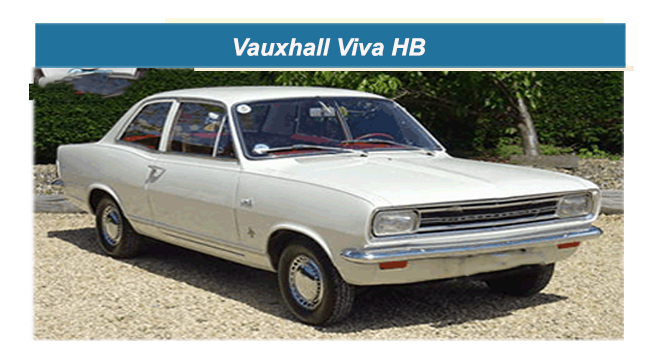
Only three years after the Viva name was coined, Vauxhall brought in the second-generation model, an altogether more satisfactory proposition.
F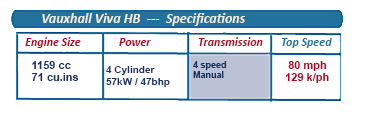 rom HA to HB represented a big step forward, not only in looks, but also in accommodation, in equipment, and available options.
rom HA to HB represented a big step forward, not only in looks, but also in accommodation, in equipment, and available options.
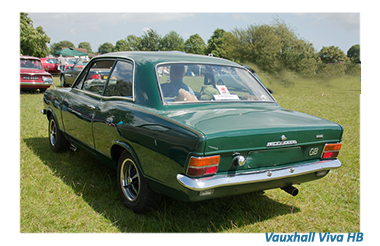 The first Viva HBs were two-door saloons riding on a new platform, sitting on a 96-inch wheelbase, with coil spring suspension front and rear, and with the HA's engine enlarged to 1159cc, giving 47bhp.
The first Viva HBs were two-door saloons riding on a new platform, sitting on a 96-inch wheelbase, with coil spring suspension front and rear, and with the HA's engine enlarged to 1159cc, giving 47bhp.
The HB was available in Base, De Luxe and SL trim packs, and modifications and additions followed thick and fast, including an automatic transmission option from January 1967.
Three-door estate cars came on the scen from June 1967, with the option of fitting an 83bhp 1599cc overhead-camshaft (FD Victor-type) engine available from June 1968.
This combination made for a very fast Viva indeed that came with front-wheel disc brakes standard.From September 1968 a four-door saloon version was made available with both engines, and after January 1970 the new (optional) GM automatic transmission replaced the original Borg Warner type.
![]()
Another problem that soon reared its unwelcome head on the Viva HB was the car’s susceptibility to rust, in particular around the front wings and behind the headlights where a minor design flaw allowed excess water, mud and in particular, rough road salt was liable to accumulate.
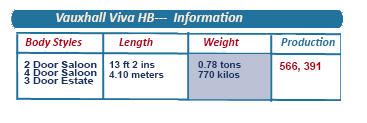
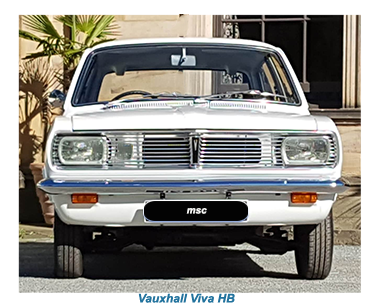 Although Vauxhall had equipped the Viva HB with improved underbody protection, during the severe winters of the mid to late Sixties, the UK Transport Ministry was forced to spread copious amounts of salt on the roads of Britain, particularly in the North of the country.
Although Vauxhall had equipped the Viva HB with improved underbody protection, during the severe winters of the mid to late Sixties, the UK Transport Ministry was forced to spread copious amounts of salt on the roads of Britain, particularly in the North of the country.
The situation did nothing to help Vauxhall's already dubious poor reputation for cars that were susceptible to corrosion.
On the upside, the situation did bring with it a positive effect, the development a whole new concept in car design, based around bolt-on wings and wheel-arch liners in later generations of cars produced for the European, British and North American market.
![]()
Equipped with a more upmarket and more stylish interior than the HA, the HB Viva was an altogether more aspirational car than before, and would also spawn off successful derivatives such as the HB90 and Viva GT,
T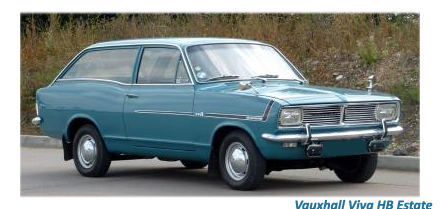 he HB also provided the platform for the next-generation Viva HC.
he HB also provided the platform for the next-generation Viva HC.
By the end of the HB's run, in August 1970, there were no fewer than 20 different Viva variants of all types in the lineup.
Up to the time of writing, the Viva HB remains Vauxhall’s best-selling and most successful car, with more than half a million units produced.
Particularly well liked and remembered was the estate version of the HB estate whose rear wings and tailgate styling were classic examples of the “Coke bottle” look developed by Vauxhall during the Sixties.






